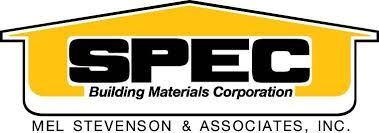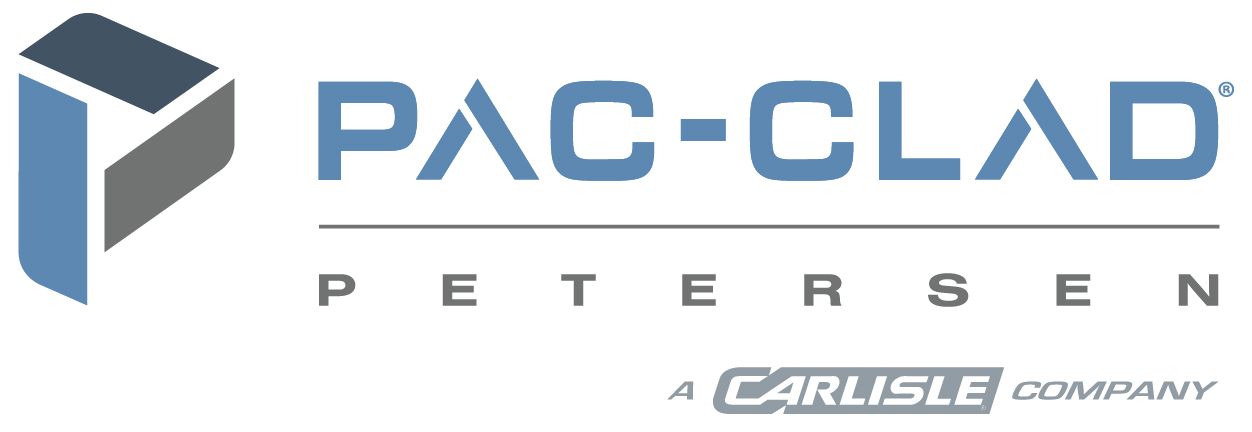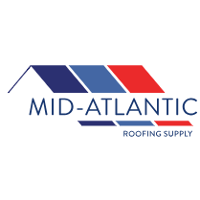Why Annual Roof Inspections Are a Must for Your Home
Your roof is one of the most critical components of your home, protecting you and your belongings from the elements. However, many homeowners overlook the importance of routine roof inspections, which can lead to costly repairs or even premature replacement. Here’s why scheduling an annual roof inspection is essential and what professionals typically check during their visit.
The Benefits of Annual Roof Inspections
1. Early Detection of Issues
Small problems, such as missing shingles or minor leaks, can escalate into significant damage if left unchecked. Annual inspections help identify these issues before they require costly repairs.
2. Prolongs Roof Lifespan
Regular maintenance ensures your roof stays in optimal condition, extending its lifespan. Preventative care is always less expensive than emergency repairs or a full replacement.
3. Protects Your Home’s Interior
A damaged roof can lead to water leaks, mold growth, and structural damage to your home. Inspections help safeguard your interior from these potential hazards.
4. Maintains Energy Efficiency
A well-maintained roof contributes to better insulation, reducing energy costs for heating and cooling. Inspections help identify gaps, poor ventilation, or damaged materials that could compromise energy efficiency.
5. Saves Money in the Long Run
By catching issues early, you avoid expensive repairs or replacements. Annual inspections are a small investment compared to the cost of fixing extensive damage.
6. Provides Peace of Mind
Knowing your roof is in good condition gives you confidence during extreme weather seasons, whether it’s heavy rain, snow, or high winds.
What Professionals Look for During a Roof Inspection
1. Exterior Roof Damage
- Shingles or Tiles: Checking for missing, cracked, curled, or worn shingles.
- Flashing: Inspecting the seals around vents, chimneys, and skylights to prevent leaks.
- Gutters and Downspouts: Ensuring proper drainage and checking for debris or damage.
2. Signs of Leaks or Water Damage
- Ceiling Stains: Identifying discoloration or sagging inside the home.
- Mold or Mildew: Checking for growth caused by moisture buildup.
- Roof Decking: Inspecting for signs of water penetration or rotting.
3. Structural Integrity
- Sagging Areas: Spotting areas where the roofline is uneven or sagging.
- Trusses and Supports: Ensuring the structural components are intact and secure.
- Fasteners: Checking nails and screws for rust or looseness.
4. Ventilation and Insulation
- Attic Ventilation: Ensuring the attic is properly ventilated to prevent moisture buildup.
- Insulation: Looking for gaps or damage that could impact energy efficiency.
5. Storm and Weather Damage
- Wind Damage: Checking for loose or torn materials caused by high winds.
- Hail Damage: Inspecting for dents, bruises, or punctures.
- Debris Impact: Identifying damage caused by falling branches or other debris.
When Should You Schedule an Inspection?
- Annually: A yearly inspection is recommended for general maintenance.
- After Severe Weather: Following a storm with high winds, hail, or heavy rain.
- When Buying or Selling a Home: A roof inspection is crucial to assess its condition and value.
How to Choose a Reliable Roofing Professional
- Look for licensed and insured contractors.
- Check online reviews and ask for references.
- Ensure they provide a detailed report with photos and recommendations after the inspection.
Conclusion:
An annual roof inspection is a simple yet crucial step in protecting your home. By identifying potential problems early, you can save money, prolong the life of your roof, and enjoy peace of mind knowing your home is safe and secure.






